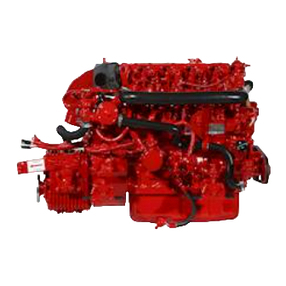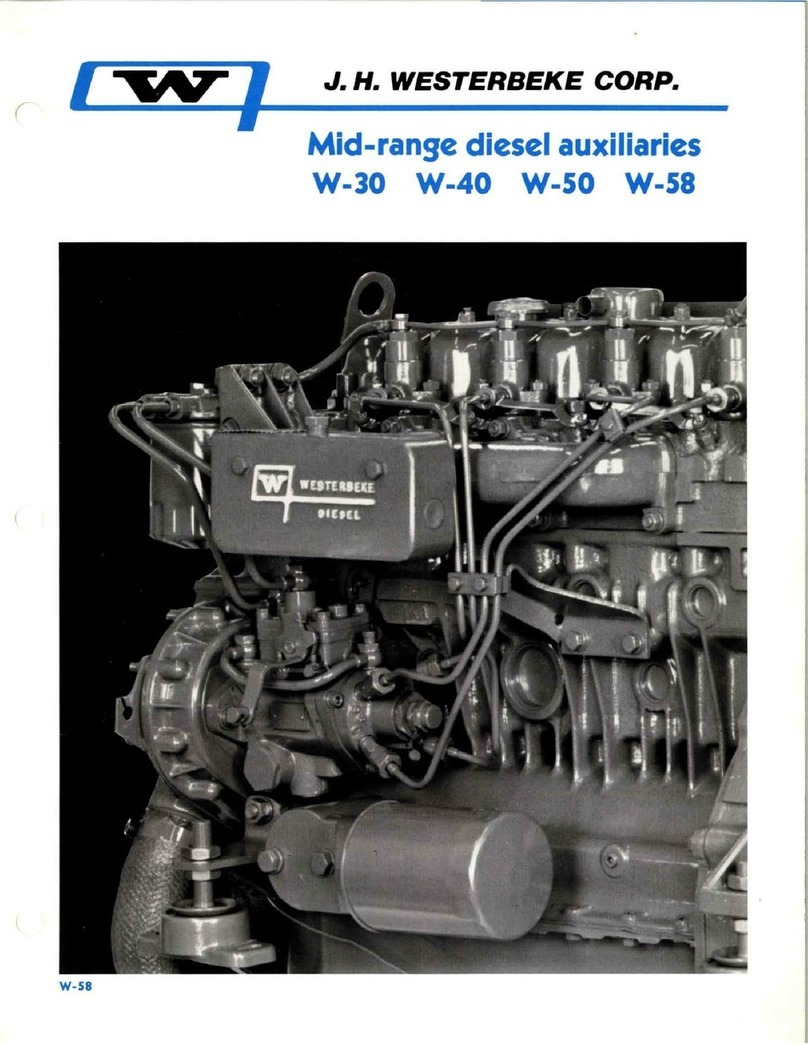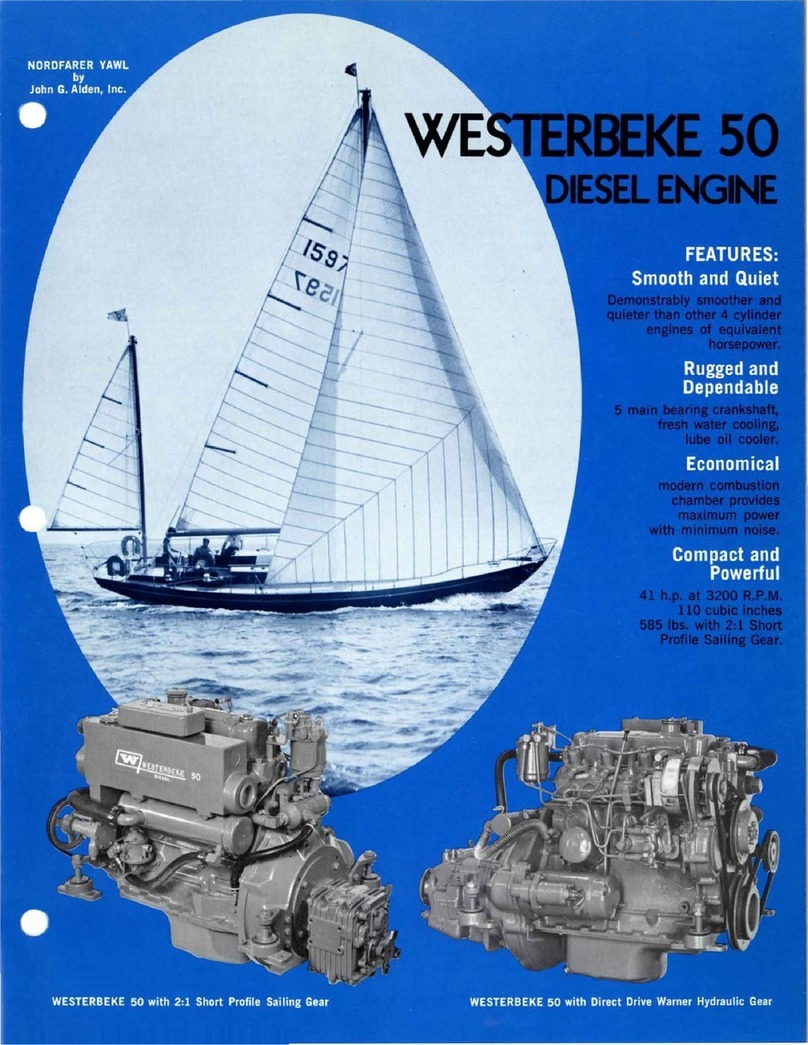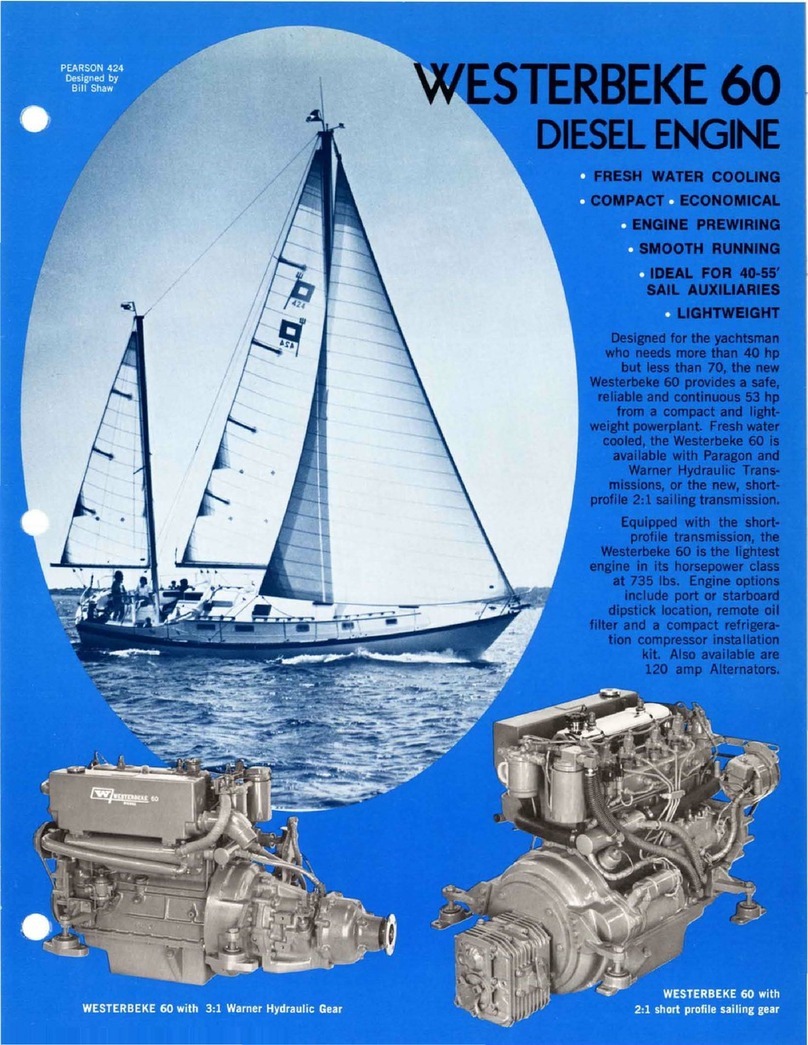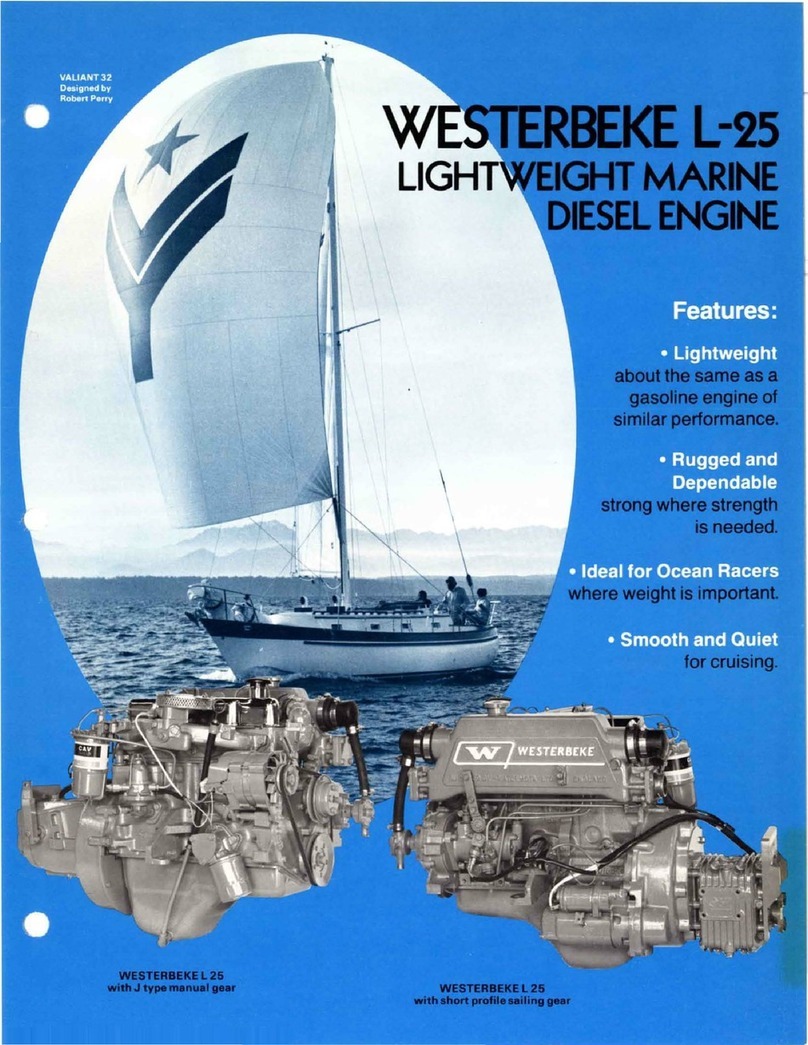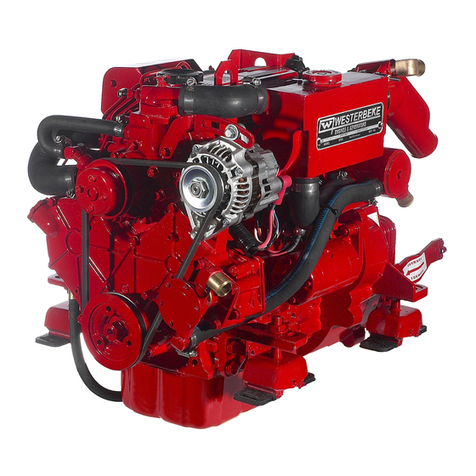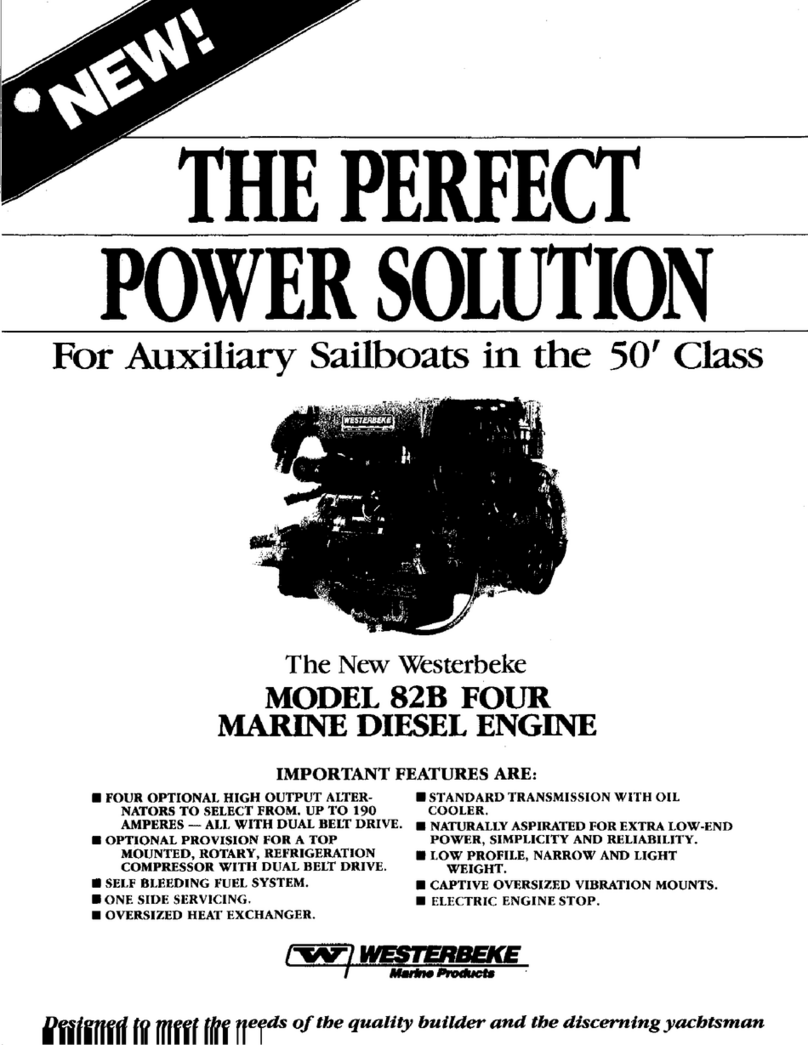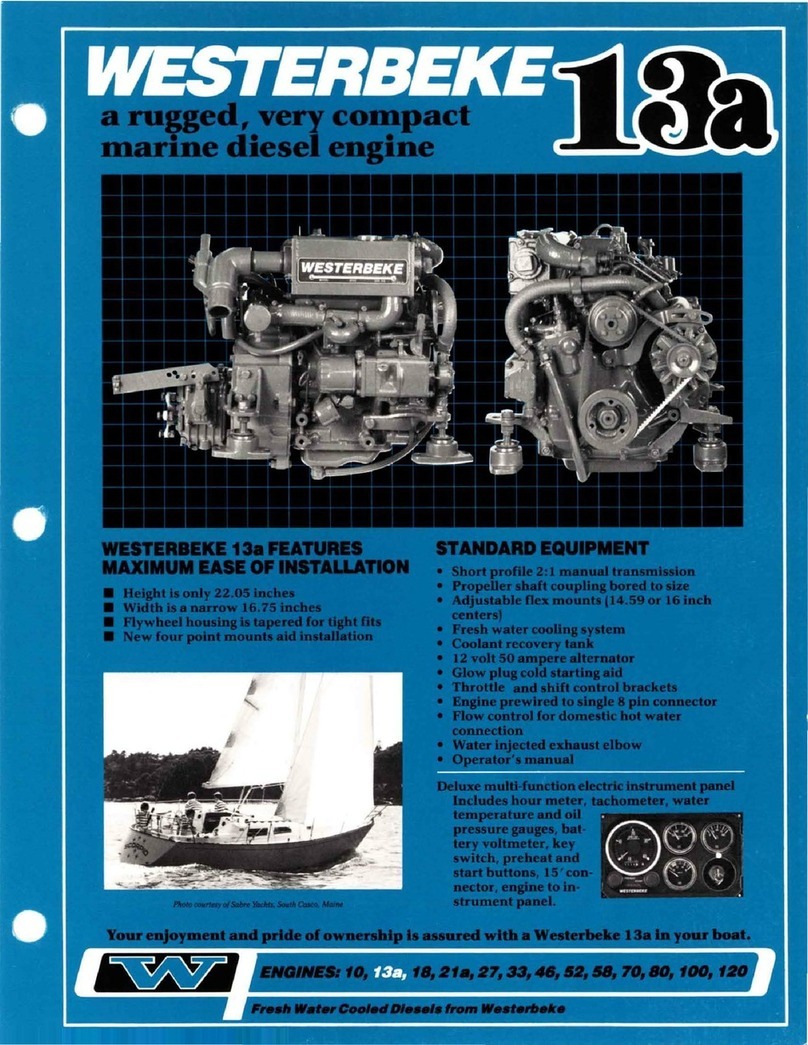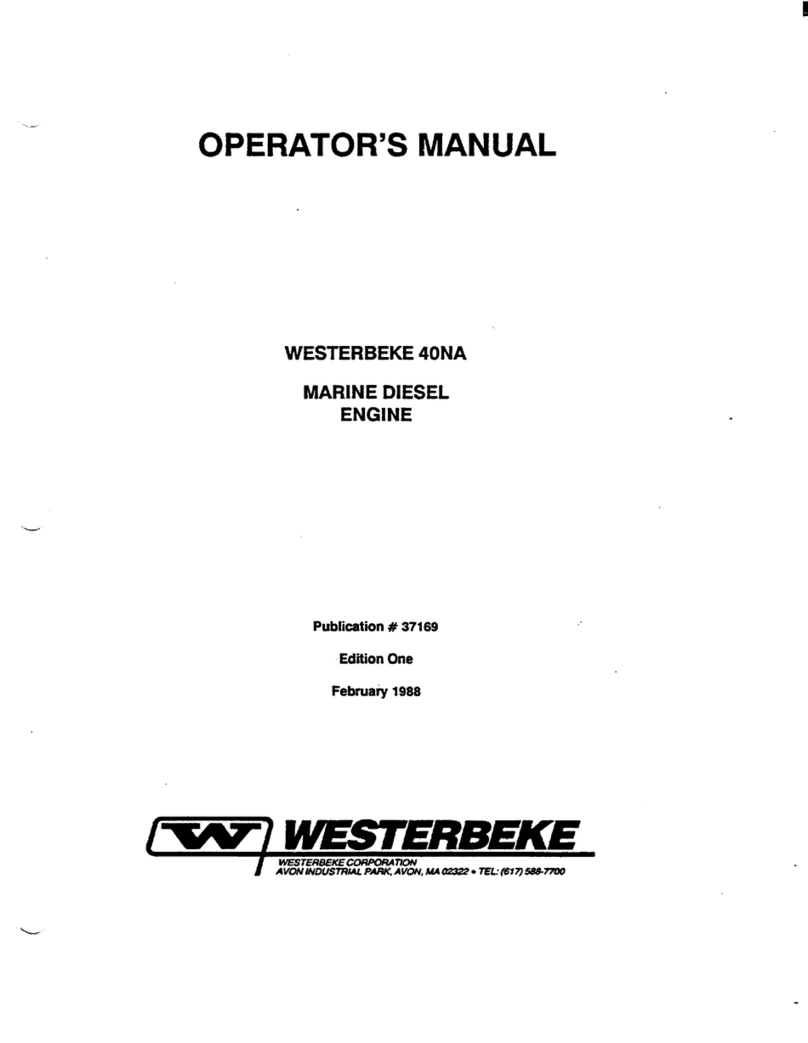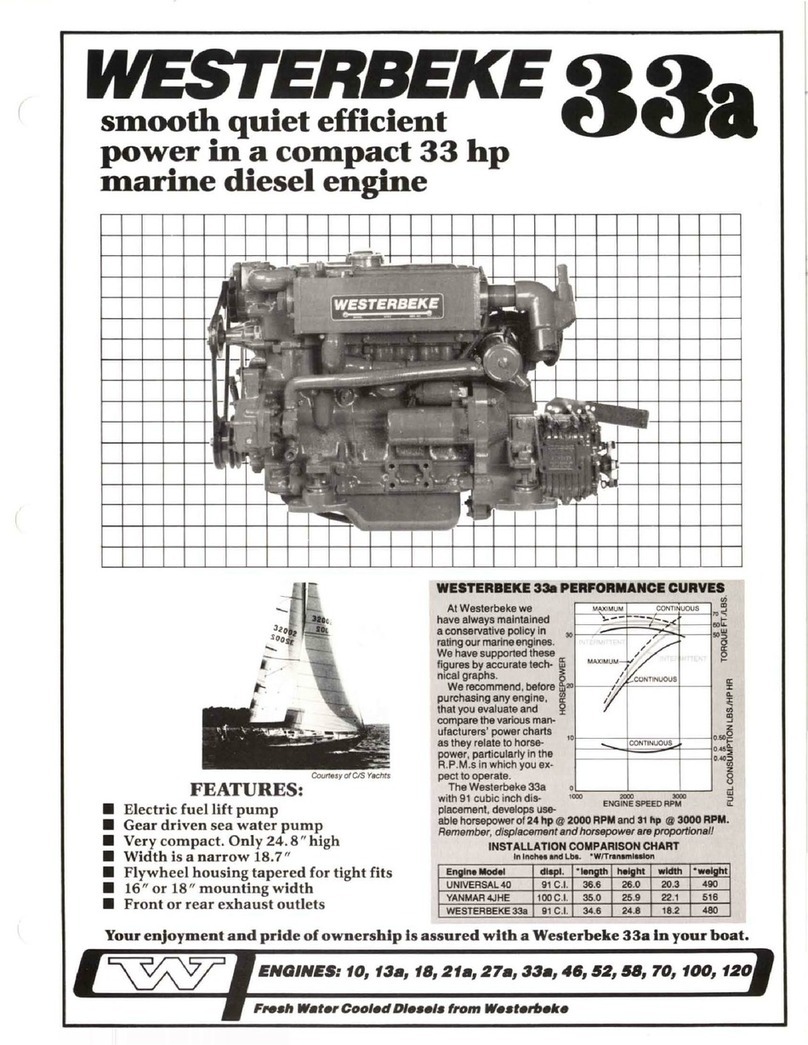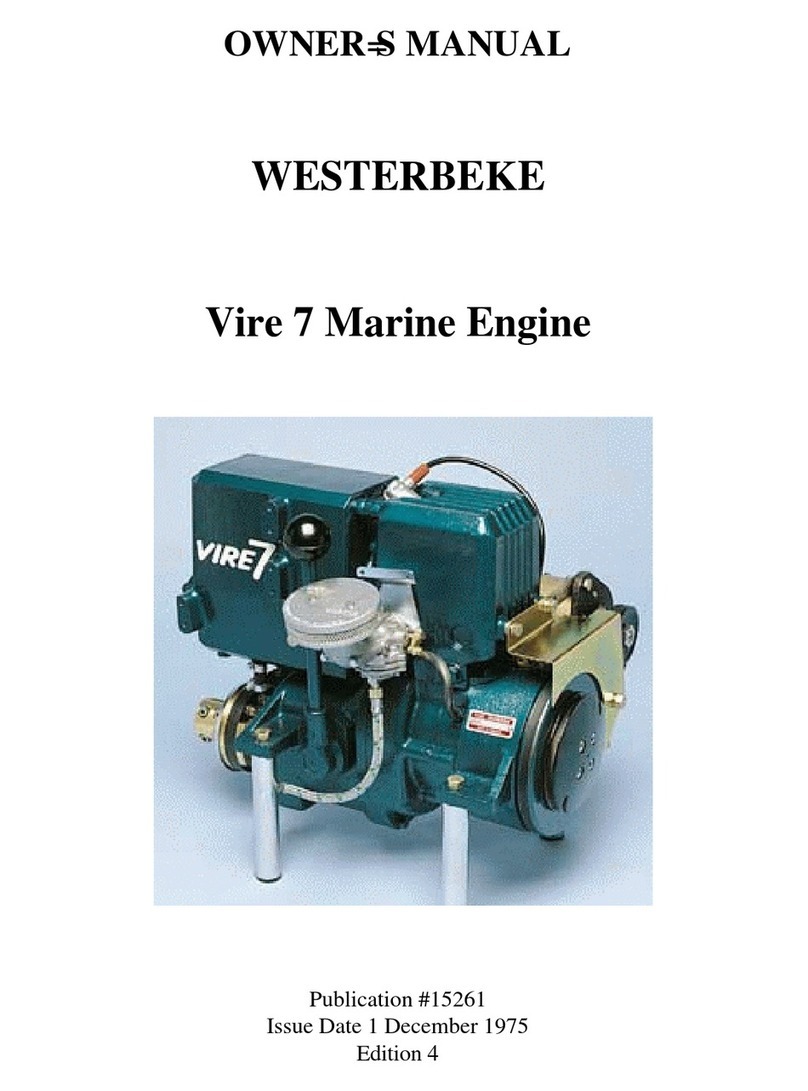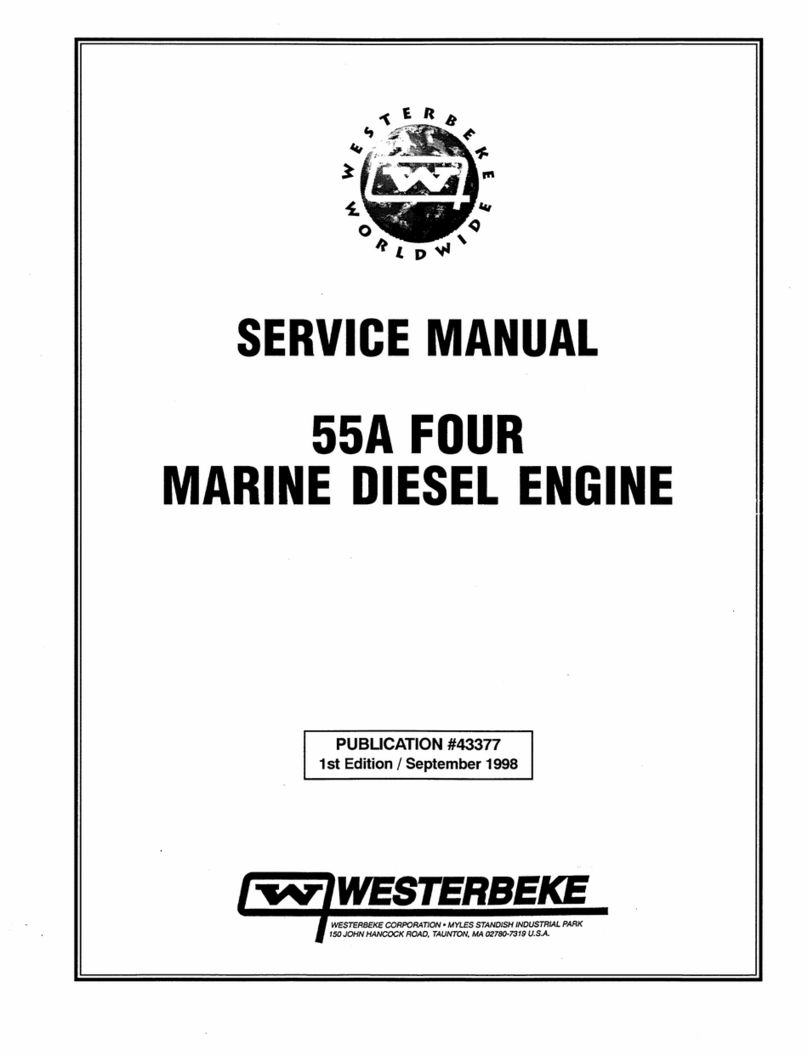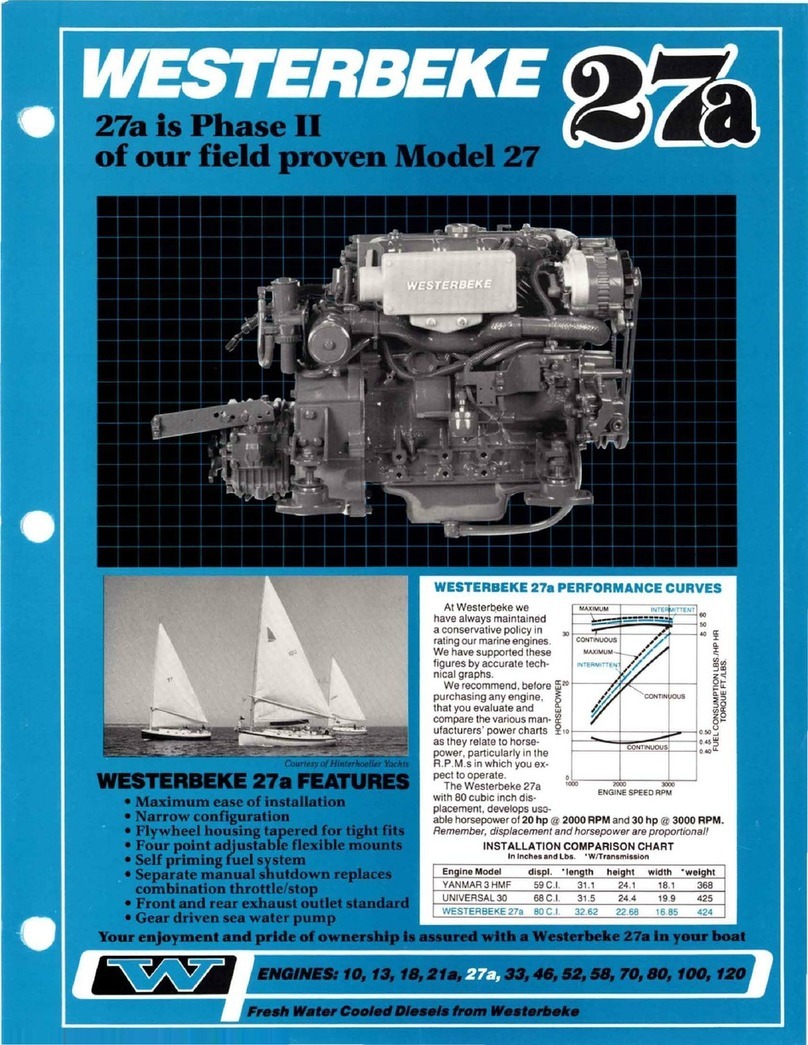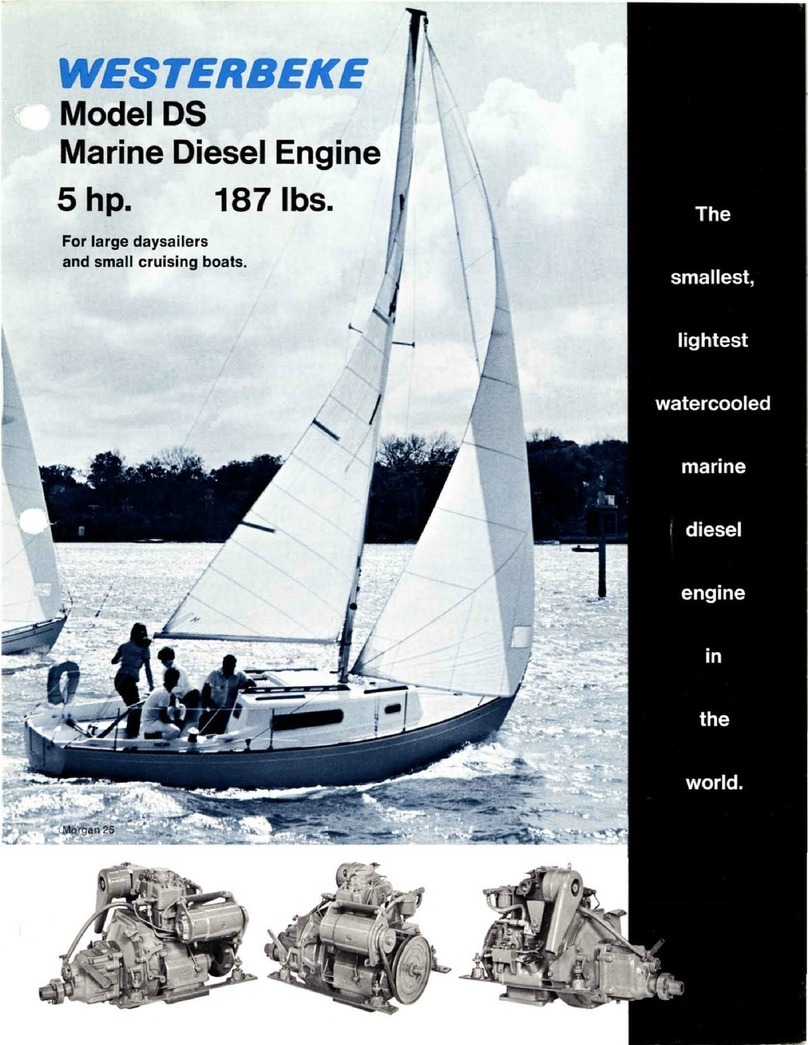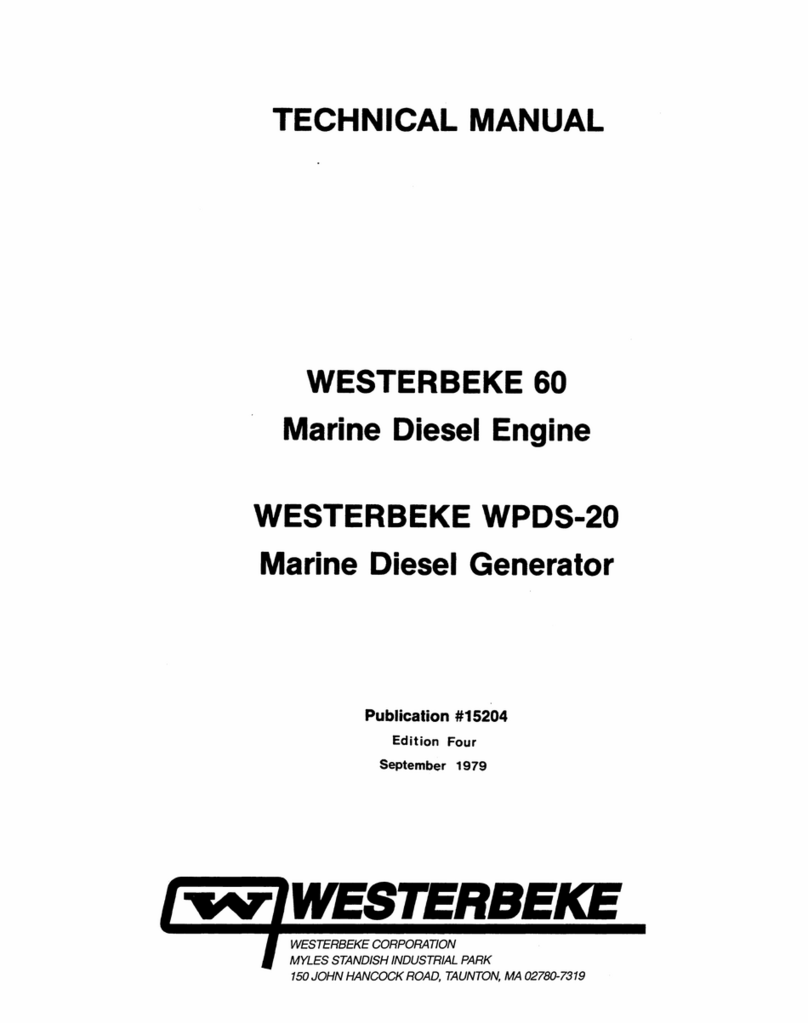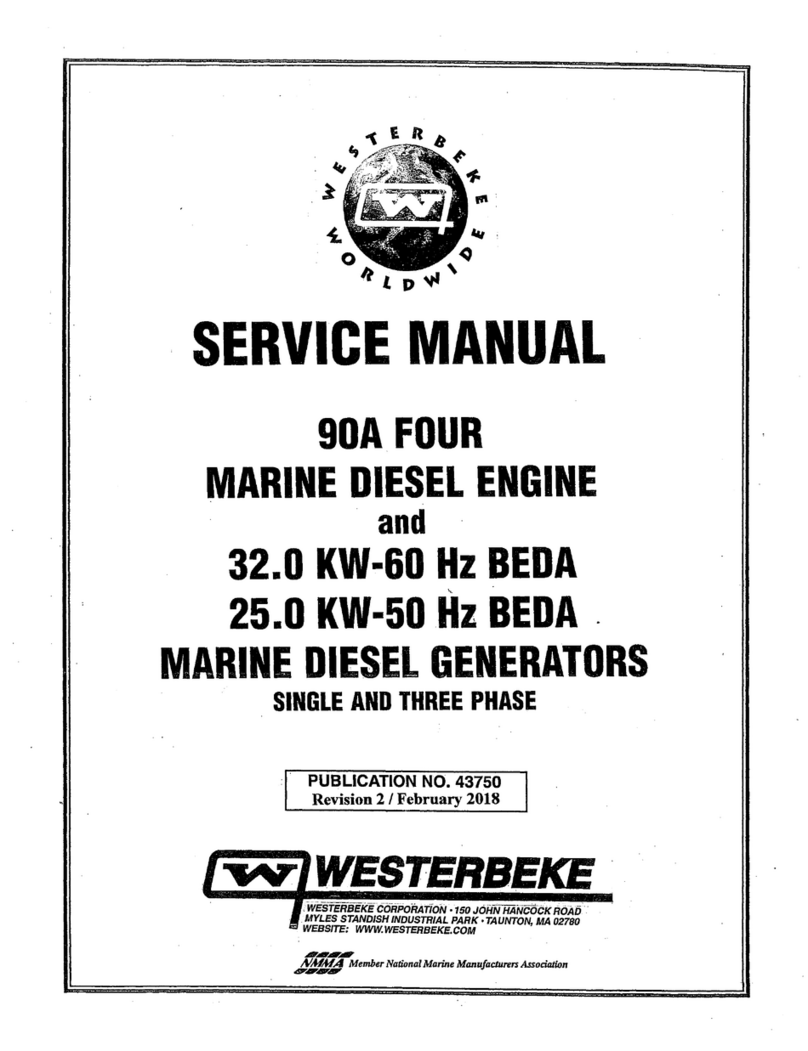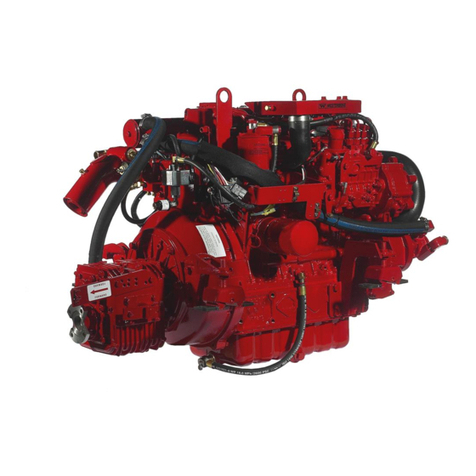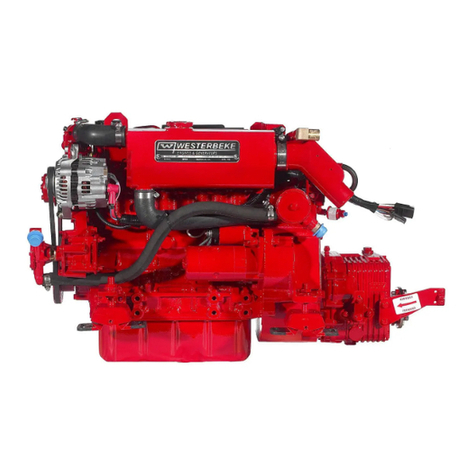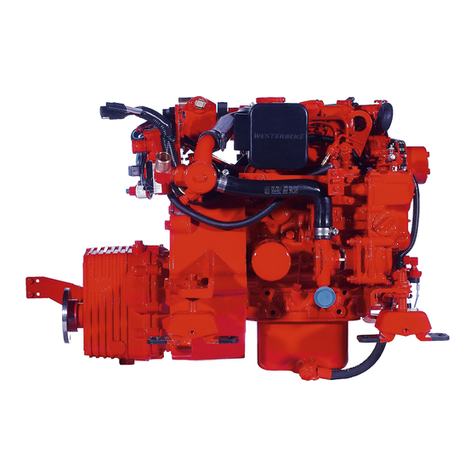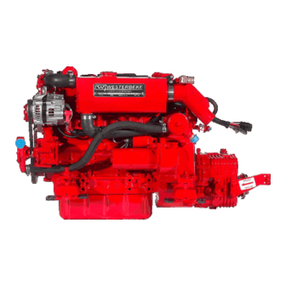GENERAL
INTRODUCTION
This manual contains the equipment operating procedures as well as additional information needed to
help the operator keep the marine equipment in proper working order. Study and follow the instructions
carefully. A planned maintenance program
is
included in this manual; adhering to the program will
result in better equipment performance and longer equipment life. Proper diagnosis
of
a problem
is
the
most important step to satisfactory repair; consequently, a troubleshooting table is included.
UNDERSTANDING THE DIESEL ENGINE
The diesel engine closely resembles the gasoline engine, since the mechanism is essentially the same. The
cylinders are arranged above a closed crankcase; the crankshaft
is
of
the same general type as that
of
a
gasoline engine; and the diesel engine has the same type
of
valves, camshaft, pistons, connecting rods and
lubricating system.
Therefore,
to
a great extent, a diesel engine requires the same preventive maintenance as a gasoline
engine. The most important factors are proper ventilation and proper maintenance
of
the fuel, lubricating
and cooling systems. Replacement
of
fuel and lubricating filter elements at the time periods specified
is
a
must, and frequent checking for contamination (that
is,
water, sediment, or algae) in the fuel system
is
also essential. Another important factor is the use
of
the same brand
of
high detergent diesel lubricating
oil designed specifically for diesel engines.
Be
careful not to put gasoline
in
the diesel fuel tank(s).
Gasoline does not have the same lubricating qualities as diesel fuel; consequently, gasoline in the fuel
lines will damage components in the lift pump assembly, fuel injection pump, and in the injectors.
The diesel engine does differ from the gasoline engine, however, in its method
of
handling and firing
of
fuel. The carburetor and ignition systems are done away with and in their place are two components -the
fuel injection pump and fuel injectors.
ORDERING PARTS
Whenever replacement parts are needed, always provide the engine model number, engine serial number,
and transmission serial number as they appear
on
the silver and black name plate located on the exhaust
manifold. You must provide us with this information
so
we
may properly identify your engine. In
addition, include a complete part description and part number for each part needed (see the separately
furnished Parts List). Also be sure to insist upon Westerbeke factory packaged parts, because will
fit
or
generic parts are frequently not made
to
the same specifications as original equipment.
Note that component locations in the manual are referenced from the front
of
the engine which
is
the
pulley/drive belt end. (The flywheeUtransmission end is the rear end.) Left and right sides are
determined
by
the engine; imagine straddling the engine and facing in the same direction as the front
of
the engine; the left side
is
at your left, the right side
is
at your right.
Westerbeke engine sets are thoroughly checked and given a final run under various load conditions before
leaving the factory. This is done
to
ensure dependable operation, long service, and a satisfied owner.
Care at the factory during assembly and thorough testing have resulted in Westerbeke units being capable
of
many thousands
of
hours
of
dependable service. However, the manufacturer cannot control the type
of
treatment a unit receives in the field. This part
is
up to the owner/operator.
7 Westerbeke Engines

